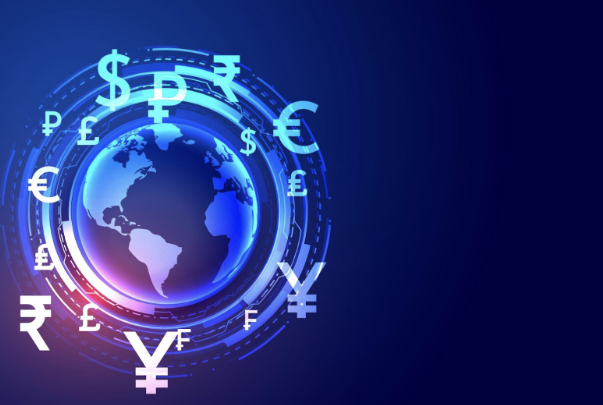The foreign exchange (Forex) market is the largest financial market in the world, with a daily average turnover of over $7.5 trillion, according to the Bank for International Settlements (BIS, 2022). This tremendous volume exceeds the combined activity in the global stock and bond markets and underscores how critical currency trading is to the modern financial system.
Two currencies stand at the center of this gigantic universe: the U.S. dollar (USD) and euro (EUR). Together, they dominate trading activitythey appear in over 80% of all Forex transactions across the globe. For both professional traders and casual consumers, their impact is inescapable. A strong or weak dollar can shift oil prices, change the cost of traveling abroad, or change tuition fees for international students. Fluctuations in value of the euro influence the Eurozone and beyond, impacting global trade, corporate profit, and household spending.

As a new Forex trader, it can be valuable to think of the USD and EUR as the "anchors" of the currency world. Most international commodities, from oil to gold, are priced in dollars, while the euro represents a very important economic power, a regional alliance that collectively equals the United States in size. Together, they can be seen as value, liquidity, and stability benchmarks against which other currencies compare.
The Global Dominance of USD
The U.S. dollar (USD) is not just a national currency, it is the cornerstone of the global financial system. The International Monetary Fund’s COFER database shows that the dollar is more than 60% of global foreign exchange reserves, making it the most widely held reserve currency in the world.
For decades, central banks, corporations, and investors have used USD as a safe repository of value. As a reserve currency, countries from many parts of the globe must hold USDdenominated assets, such as U.S. Treasury bonds, to cement their economy and to facilitate transactions between countries. This demand helps keep U.S. rates low, while expanding the reach of USD.
The Strategic Nature of EUR
The dollar has monopoly power in global finance. The euro (EUR) occupies a vital supporting role as the second most important reserve currency in the world. IMF COFER data reveals that the euro accounts for over 20% of global foreign exchange reserves, confirming its position as a pillar of international trade and investment.
The strength of the euro resides in the sheer size of the Eurozone economy, which is approximately equal in size to the U.S. economy. The euro is unprecedented experiment of monetary union of which 20 countries shares a single currency. The Eurozone economic size creates an opportunity for EUR to serve as an alternative to the USD for both international reserves and crossborder transactions.
Conclusion
The dual monetary anchors of the Forex market are the USD and the EUR as they affect the way we trade currencies, commodities, conduct global trade, and even our daily lives. The two currencies together account for over 80% of daily turnover in the Forex market and are the touchstone for all other currencies in the world.
For traders, understanding the policies and the direction of monetary policies from both the Federal Reserve (Fed) and European Central Bank (ECB) is paramount. For most people, the impact is less evident, but reflects in travel costs, tuition fees, or online prices.
In the near future, there are challenges ahead, i.e. internationalizing the RMB, establishing digital currencies, and the efforts to move away from the USDbased system. Nevertheless, for the immediate future, the USD and EUR remain the champion and cochampion of the global monetary system.
For more info:-
forex demo account
forex trading platforms